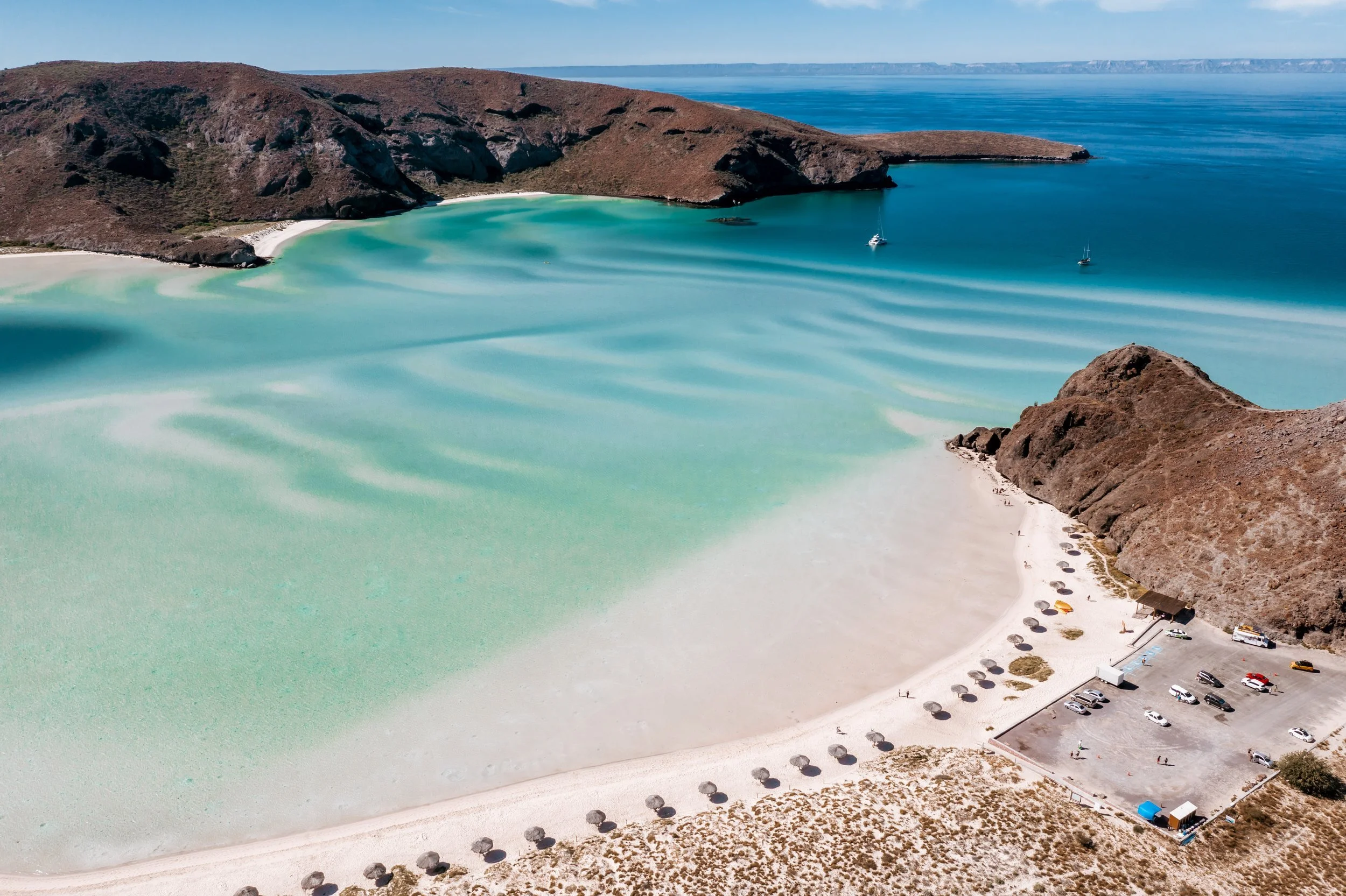Mexico City
This is where it all began, almost a decade ago. With Morenita, the journey here becomes an immersion into the city’s creative soul, where art, architecture, gastronomy, and ritual coexist in perfect rhythm. From private visits to world-class museums and contemporary art studios to dining experiences led by visionary chefs, every encounter reveals the city’s magnetic allure. Surrounded by volcanic mountains and illuminated by golden light, Mexico City’s energy is undeniable: a place of contrasts and connections, where the ancient and the avant-garde meet to create something wholly extraordinary.
Mérida, Yucatán
Mérida, the cultural capital of the Yucatán Peninsula, is a city where heritage, artistry, and hospitality intertwine with tropical elegance. With Morenita, the experience unfolds through encounters with contemporary Maya culture, visits to private haciendas, and curated moments in vibrant markets and emerging art galleries. The region’s cuisine tells a story of ancestry and innovation: dishes slow-cooked in underground pits, citrus-laced ceviches, and refined tasting menus inspired by the local biodiversity. Beyond the city, lush cenotes, flamingo-filled reserves, and ancient ruins offer a profound connection to nature and time. Mérida invites travelers to slow down and savor a soulful blend of warmth, ritual, and refinement.
San Miguel de Allende, Guanajuato
San Miguel de Allende is a radiant fusion of art, history, and soul. Its cobblestone streets lead to sunlit plazas, baroque churches, and hidden courtyards where color and craftsmanship abound. The culinary scene reflects its cosmopolitan spirit, blending traditional Mexican flavors with global sophistication, while boutique hotels and rooftop terraces offer sweeping views over the terracotta skyline. Surrounded by rolling hills and golden light, San Miguel captures the essence of Mexico’s artistic heart—bohemian yet elegant, deeply spiritual yet effortlessly alive.
Oaxaca, Oaxaca
Oaxaca is the spiritual heart of Mexico—where ancestral tradition, art, and flavor merge into an experience of pure sensory poetry. The Morenita journey here invites deep cultural immersion: private visits with master artisans, contemporary art encounters, mezcal tastings at family-owned palenques, and meals that celebrate the sacred ritual of Oaxacan cuisine. Its culinary artistry—rich moles, native corn, and smoky mezcal—reflects a culture of reverence and reinvention. Steeped in color, craft, and community, Oaxaca captures the essence of Mexico’s soulful beauty—a place where life itself feels like a living work of art.
Valle de Guadalupe, Baja California Norte
Valle de Guadalupe is Mexico’s premier wine region in Baja—think desert landscapes, rugged mountains, and golden vineyards that roll toward the Pacific. Its food scene is world-renowned, championing local ingredients and refined, farm-to-table cuisine paired with exceptional wines. The region’s architecture echoes its raw, elemental beauty: minimalist wineries, sculptural installations, and design-forward spaces. Beyond its gastronomy, VDG offers a soulful sense of place and the quiet luxury of connection with the land, all just 90 minutes south of San Diego, CA.
Sea of Cortez, Baja California Sur
La Paz, Todos Santos, San Jose & Cabo
From the turquoise waters of the Sea of Cortez to the rugged cliffs and cacti-studded landscapes outside San Jose, its natural scenery is both serene and untamed. The region celebrates fresh seafood and farm-to-table cuisine that reflects a deep respect for the environment. Art and culture flourish in coastal enclaves like Todos Santos and La Paz, where local artisans, painters, and musicians infuse the Baja lifestyle with warmth.
Lombardia, Italia
Milano and Four Lakes: Como, Maggiore, d’Iseo, di Garda
Lombardy, in northern Italy, is a region of refined contrasts where culinary tradition, world-class art, and deep-rooted culture intertwine. Its cuisine is rich and comforting, reflecting both Alpine heartiness and Milanese elegance. The region is also home to a thriving contemporary art scene anchored by Milan’s cutting-edge galleries. From churches and frescoes to fashion, design, and opera, Lombardy embodies a sophisticated blend of heritage and innovation.
Piemonte, Italia
Piedmont, nestled at the foot of the Alps in northwestern Italy, is a region of quiet elegance and deep cultural richness. Its cuisine is famed for truffles, cheeses and robust Barolos and Barbarescos. Piedmont’s art spans from Baroque architecture in Turin to contemporary design, cinema and the Slow Food movement. The region’s blend of aristocratic tradition, rural authenticity, and intellectual innovation creates a distinct and layered cultural identity.
Venezia, Veneto
Venice, in the heart of Italy’s Veneto region, becomes an unparalleled stage for contemporary creativity during La Biennale di Venezia—the world’s most prestigious art event and the central reason to journey here with Morenita. Between pavilion visits and curated encounters with artists and curators, guests discover Venice’s deeper rhythms—its elegant osterie serving lagoon-inspired cuisine, its quiet artisan workshops, and its rare sense of beauty suspended between water and sky.
Liguria, Italia
Liguria (Italy’s northwest coast) is where sea, art, and gastronomy meet in a symphony of color and light. With Morenita, the journey here unfolds beyond postcard beauty—through the terraced vineyards of Cinque Terre, the Belle Époque villas of Portofino, and the quiet sophistication of seaside towns where time seems to linger. Its cuisine is an ode to simplicity and the sea: hand-rolled trofie with pesto, freshly caught anchovies, and crisp local Vermentino wines. Artistic heritage thrives in the Ligurian Riviera’s understated elegance—from medieval frescoes and marble cathedrals to contemporary galleries tucked into coastal palazzi.
Dolomites, Italia
Rising like sculpted cathedrals from northern Italy’s alpine valleys, the Dolomites is a place where nature, design, and wellbeing converge in breathtaking harmony. With Morenita, the experience here blends high-altitude beauty with refined simplicity—days spent exploring mountain trails and crystalline lakes, followed by evenings of culinary excellence and architectural wonder in design-driven lodges. Italian and Austrian influences meet through language, craftsmanship, and cuisine—think hand-cut pasta with wild herbs, alpine cheeses, and fine local wines. Contemporary art and wellness intertwine in serene spaces that celebrate light, wood, and stone, offering a meditative connection to nature.












